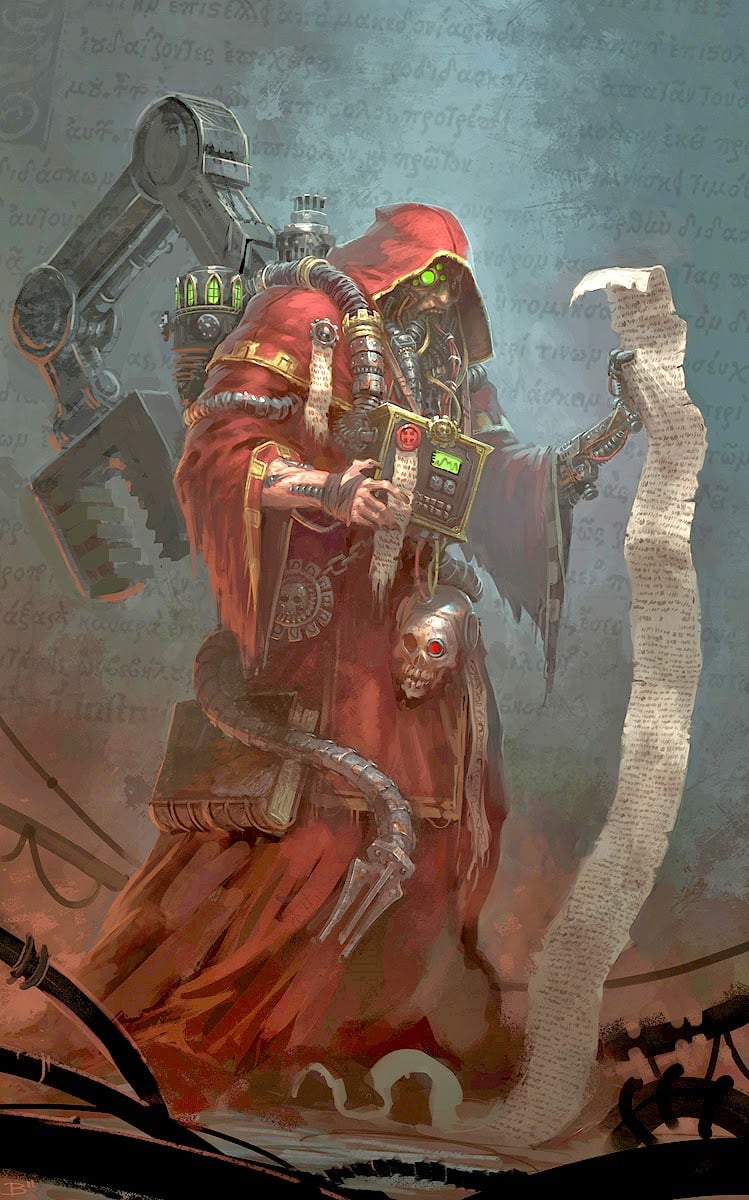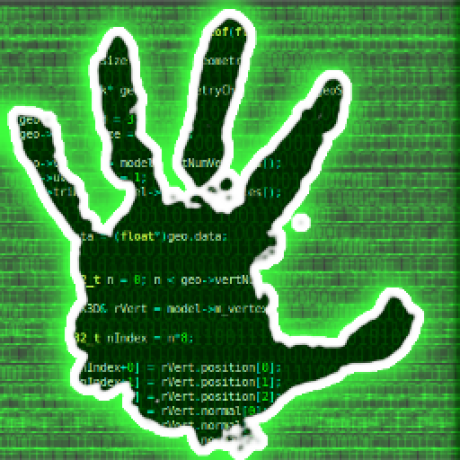The FOSS community should work on a firmware-replacement solution like OpenWRT on routers, but for printers! Call it something like OpenPrint? It would be based on Linux!
It would unlock a printer’s potential and cancel out the cartridge DRM, continue printing regardless of unused ink color levels for the job, be totally freed from proprietary corporate bloatware that comes bundled with the printer, offer integration with personal cloud services (wanna scan that document? Boom, now it’s on your NextCloud RAID NAS, your iPhone, and your grandmother’s desktop), and other quality of life printer features that would significantly improve a country’s happiness and life expectancy.
It’s going to be a crapshoot at first. Printer drivers are a nightmare to write for each and every model. Hardware requirements to make this work are probably going to be limited to the most expensive and fastest octa-core printers. But a jailbreak community will emerge, and people will try to push the movement onto more and more printers, and develop workarounds for older models. Then, someone will develop a printer that ships only with OpenPrint, which will probably be kinda expensive at first, but all the parts will be user-replaceable, and the ink/toner will still be cheap to refill, which is the main goal. Big Printer would have to compete to make their printers more user-friendly, or die from the weight of their own greed.
I wanna believe ~♥
I have an idea who could financially support an open source printer firmware replacement project! However, they can only pay in cash…
Alternatively use universal print drivers from the 90s
They didn’t have all this extra stuff added in, and work fine unless you’re printing some complex PDFs
I don’t think any of the DRM, EURion, or microdot stuff happens on the driver level. I think its baked into the firmware.
I hope not, that’s dystopian as fuck
I’m confused, is there science in this?
The eurion constellation is a security feature used on many banknotes. It’s made up from 5 circles and often integrated into larger patterns that make it less obvious. Printers identify it and reject to print money.
Examples


Ok, I get that, but just seems like engineering to me, nothing to do with science
Now I am confused. How is engineering disjunct from science? And even beyond that, there is astronomy involved (star map, eurion being based on Orion), which has something to do with science.
so all i have to do is get the EURion constellation tattooed on my face, and then i can defeat surveillance cameras….
And a bumper sticker to forget about speed cameras.
Ok, but more realistically, could we have a war of all against all until everything is ashes ?
I don’t think anything less is going to be nearly enough.
Also we need to make sure none of the things that descend into the bunkers, ever, EVER come out to infect the surface again
Hmmmm

Now I want a rubber stamp with that to prevent whatever from being scanned.
me too
I do not understand. Help?
Here’s the relevant wiki article:
Ah ok! I remember. Thanks.
I forgot about this for some reason. Shit I’m getting old.
what
I don’t think we’ll have open source 2d printers. Not the way they’re built now, anyway.
On first glance, it might look like 2d is an easier problem than 3d. However, laying down plastic filament doesn’t need the same precision level as 2d ink/toner printing. Even 300dpi is far more precise than any 3d printer does, and that’s not particularly impressive for a modern 2d printer.
That’s not even getting into mixing and aligning color cartridges.
The industry also has a lot of patents around it. So there’s that whole mess to deal with.
Framework looked at making their own 2d printer, and they noped right out.
Would you accept a printer that works like a typewriter with arms that strike the page to lay down text? That might work. They’re mechanically quite complex, though. There’s lots of OK designs that tend to jam up.
Apple also considered printers for a while and decided this mess is untouchable
Yeah inkjet printers will probably never be opensource, due to the fact that the tiny nozzles are impossible to produce without owning a semiconductor fab that can build stuff in the mems realm.
Laser printers could be the way to go, they sound more complicated, but all the components needed for them are getting cheaper. A laser is focusable to a tiny spot, meaning one can use non mems elements. Basically take a laser engraver (the type with the fixed laser head and those 2 spinning mirrors), point it at a high voltage drum, lase the pattern (removes the charge from parts of the drum), add the toner power and then roll over paper. For color just replicate that x3.
I think a Opensource Black/White laser printer should be possible at a price point of maybe 600$ in components (3d printers also started out at that price point then got cheaper). I doubt it would be as quick as commercial models but it should be doable.
You are missing a vital part of how a laser printer works. The toner is dusted onto a drum that has a static charge. That charge is manipulated by the laser, which means that there is a very specific frequency that the laser has to utilize and it has to be keyed to the material used for the drum. I would have to dig more into the specific interaction, but I am pretty sure that off the rack lasers and drums are not going to be functional, both in wattage and frequency.
So the laser printer process is: a laser traces the negative space on a drum with a static charge to discharge those spots, next a pigment substrate is dusted onto the drum, being held by the static where the positive space is going to be. Following that, a heater heats the substrate to permanently affix it to the page.
Those problems still sound more easy to fix than building custom mems Inkjet nozzles at home. Lasers in all sorts of wavelengths can be bought. Putting charge on the toner is just a question of adding some high voltage. The dielectric photosensitive material on the toner transfer drum, yeah that may require some research.
Just letting you know that you are definitely suffering a Dunning Kruger moment. I have had to study how printers work all the way down to the electrochemical level and no paper printer is simple to make aside from a dot matrix printer. In my educated opinion I will say that you are borderline correct that a laser printer might be more feasible from a materials standpoint, neither are feasible in general for a home lab, let alone a guy at his kitchen table assembling a kit.
Laser printers and ink jet printers involve extremely complex electrochemical and physical processes to function that a home lab is going to struggle to replicate. The optics for laser printers have to be assembled in a clean room because even a single stray particle of dust will destroy the print quality for a large section of the page. Ink jet printers use tiny heaters to vaporize the ink and electric fields to propel it through a nozzle to the page. These jets are created using multilayer acid etched circuitboards that are precicely tuned for the specific inks and substrates that are used.
These are just examples of challenges to overcome, and are by no means exhaustive.
I hate the printer companies probably more than anyone here, so do not think I am a shill for them. I am articulating why what you are saying is impractical and unreasonable. Laser printers are probably easier to source most of the mechanical parts, but assembly is obscenely delicate and prohibitive. Ink jet printers are simpler to recreate and assemble, but the miniaturization required makes it impossible to do at home.
I think an open source paper cnc machine similar to a cricut would be way easier to replicate than a standard printer.
That’s a plotter, and opensource plotters do already exist. Problem with em is that they lack speed and precision to print small text.
How hard would it be to build a machine like this with modern tech available to the maker community? Knowing that that old style HP ink cartridge is readily available because it’s found its way into a lot of stuff over the years.
We wouldn’t need to reinvent the printer, just replace the computer in it. It wouldn’t be completely open source but it would be cheap.
Also, maybe we can make inkjet resin 3d printers
The software is where most of the magic happens. How do you control steppers and ink output otherwise?
Would you accept a printer that works like a typewriter with arms that strike the page to lay down text?
What about a 2d pen plotter? Not nearly as fast as an inkjet, but still open source
Plotters are problematic, due to them beeing very very slow and that everthing they print has to be converted into a vector first.
I haven’t seen an actual plotter in decades, they’re all just large format printers nowadays.
Fonts are vectors
There’s some projects out there for those.
It would be nice to have a 300dpi 3D printer.
Might as well get one of the printers used by the national mint, to print your constellation.
I’m glad there’s enough comments to show I’m not the only one who has to look it up.
If I created a piece of art (despite having no talent but that’s not the point) could I prevent its image being reproduced by incorporating the constellation? I guess only on printers.
What the hell.
Let’s forbid reading anything with like 5 circles loosely together …
Classic podcast on why printers are terrible. Planet Money with none other that digital freedom fighter and SciFi author, Cory Doctorow.
https://www.npr.org/2021/02/17/968704526/why-printers-are-the-worst
Not enough people still printing these days to be worth the effort of an opensource printer. But in general, yes. Closed source products are always a ticking timebomb.
I hope you got enough black
Ridiculous, inkjet ink is FAR too valuable to be wasted printing something as worthless as money.
Also if the money can be duplicated with a printer then it’s little joke monopoly money already, just give up statists !










